The Ebro Observatory participates in a new European research project, T-FORS, Travelling Ionospheric Disturbances Forecasting System (T- FORS, GA – 101081835) (https://t-fors.eu/), funded by the European commission inside the programme Horizon Europe.
Travelling Ionospheric Disturbances (TIDs) constitute a specific type of space weather disturbance affecting the performance of critical space and ground infrastructure by disrupting operations and communications in multiple sectors. T-FORS aims at providing new models able to interpret a broad range of observations of the solar corona, the interplanetary medium, the magnetosphere, the ionosphere and the atmosphere, and to issue forecasts and warnings for TIDs several hours ahead. Machine Learning techniques are used to train the models based on existing databases developed in the frames of past Horizon 2020 projects, to estimate the occurrence probability of medium scale TIDs and to forecast the occurrence and propagation of large scale TIDs. Prototype services are developed based on specifications from the users' community and following harmonized standards and quality control similar to the best practices of meteorological services. On ground demonstration tests are organised, by aerospace and civil protection agencies, to validate the performance of the T-FORS prototype services.
The main objective of the T-FORS project is the development of new validated models able to issue forecasts and alerts for TIDs several hours ahead, exploiting a broad range of observations of the solar corona, the interplanetary medium, the magnetosphere, the ionosphere and the atmosphere. To meet this main goal, it is necessary to address the following specific objectives:
- Develop new prediction models based on databases of detected TID characteristics and of their drivers developed in the frames of past Horizon 2020 and national projects, using Machine Learning (ML Learning) algorithms to forecast the occurrence and propagation characteristics of large scale TIDs and statistical modelling to estimate the occurrence probability and propagation pattern of medium scale TIDs;
- Improve scientific understanding of the origin and evolution of TIDs that will lead to a proposed inventory of potential early indicators, assessing the validation results of the prediction models;
- Develop prototype services based on requirements from the users' community and following harmonized standards and quality control procedures similar to the best practices of meteorological services and relevant community activities;
- Perform on ground demonstration tests for the validation of the usability of the T-FORS prototype services, analyzing the effects of TIDs on HF skywave radars and relevant applications and the effects on HF direction finding systems;
- Propose a comprehensive architectural concept, including the densification of ground instrument networks, and new space missions, and possible future adjustments in order to develop a real-time operational service compatible and complementary to the ESA Space Weather services.
The consortium of T-FORS consists in 10 partners, National Observatory of Athens (NOA, Greece, acting as a coordinator), Istituto Nazionale di Geofisica e Vulcanologia (INGV, Italy), Royal Meteorological Institute (RMI, Belgium), Borealis Global Design Ltd. (BGD, Bulgary), Insitute of Atmospheric Physics AS CR (AIP-P, Czech Republic), Leibniz Institute of Atmospheric Physics (IAP-L, Germany), German Federal Police (GFP, Germany), Institute of Earth Physics and Space Science (FI, Hungary), Office National d'Etudes et de Recherches Aérospatiales (ONERA, France) and l’Observatori de l’Ebre.
Ebro Observatory will act as leader of one of the working packages (WP5), Dissemination, Communication and Exploitation. And contributes to other WPs, especially in the validation of the results of the forecasting and propagation of large scale TIDs.
The project started on the first of January 2023 and will last for two years. The total budget of the project is 994.688€.


